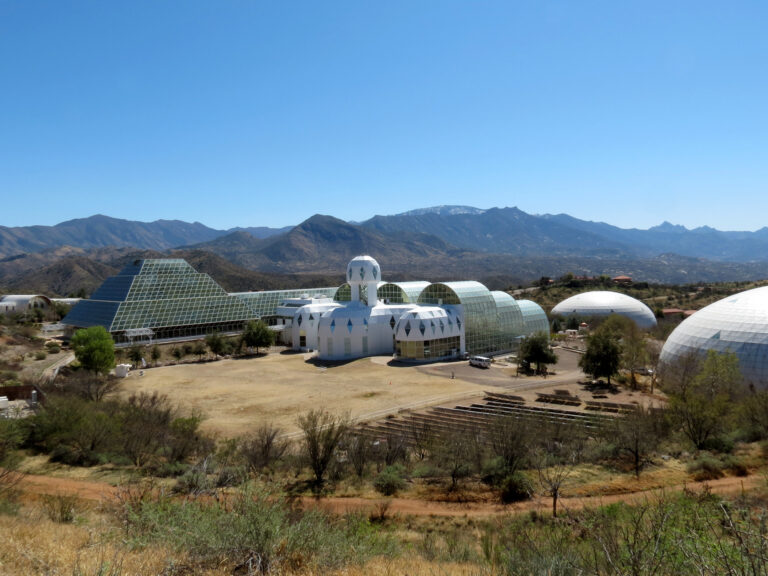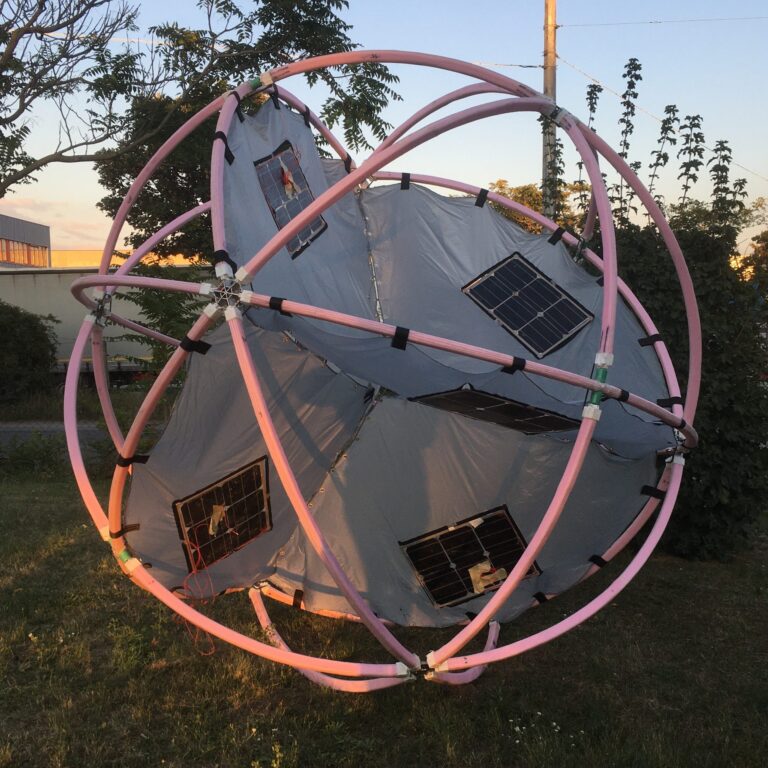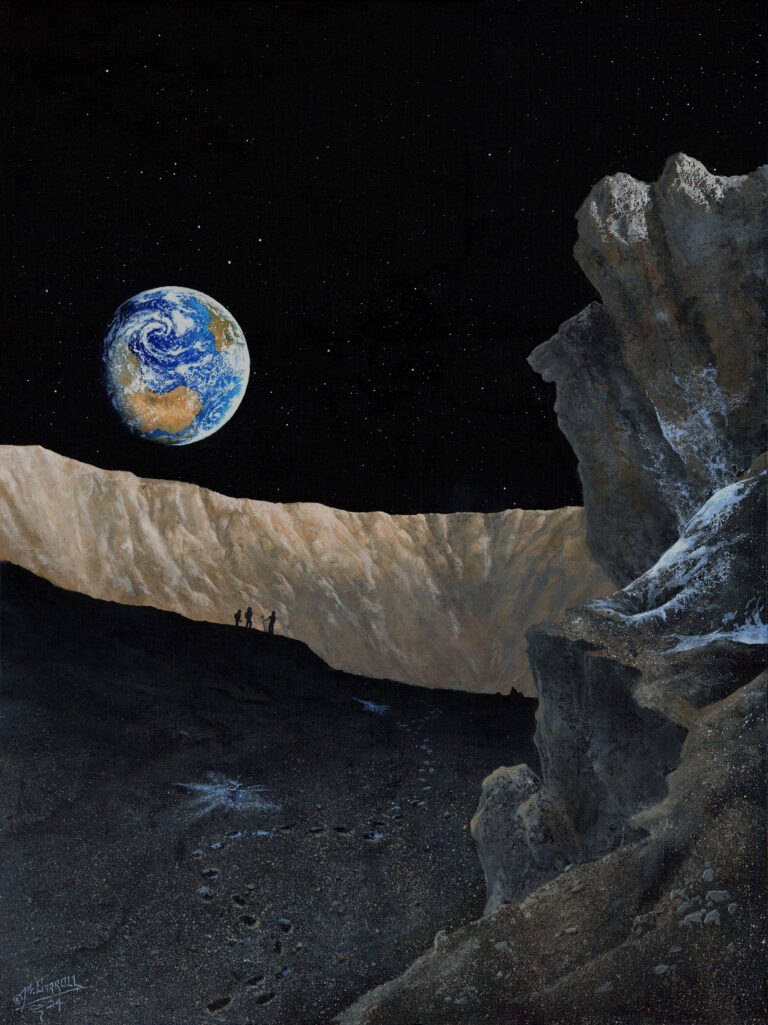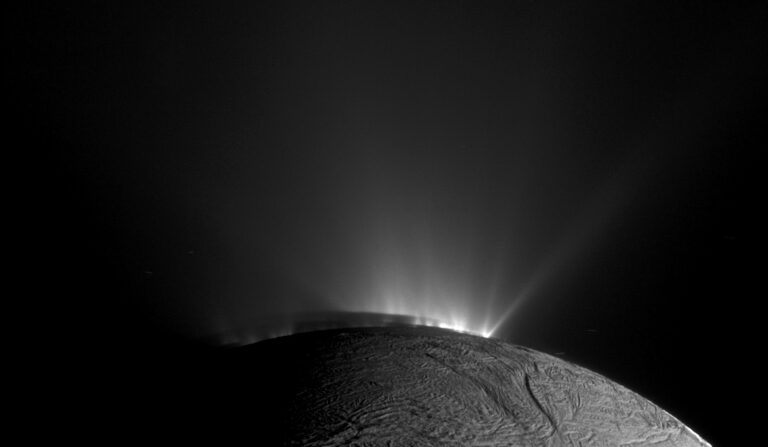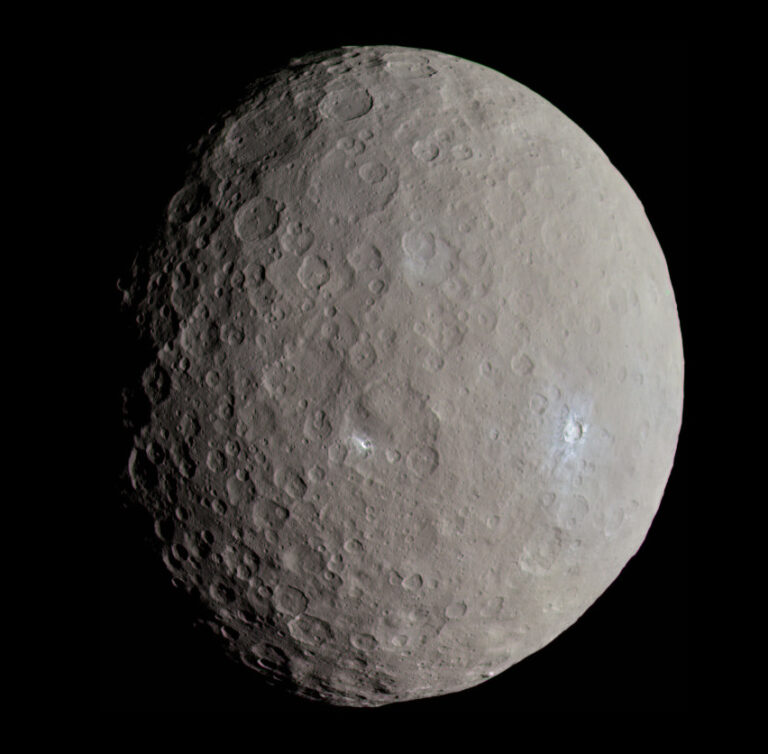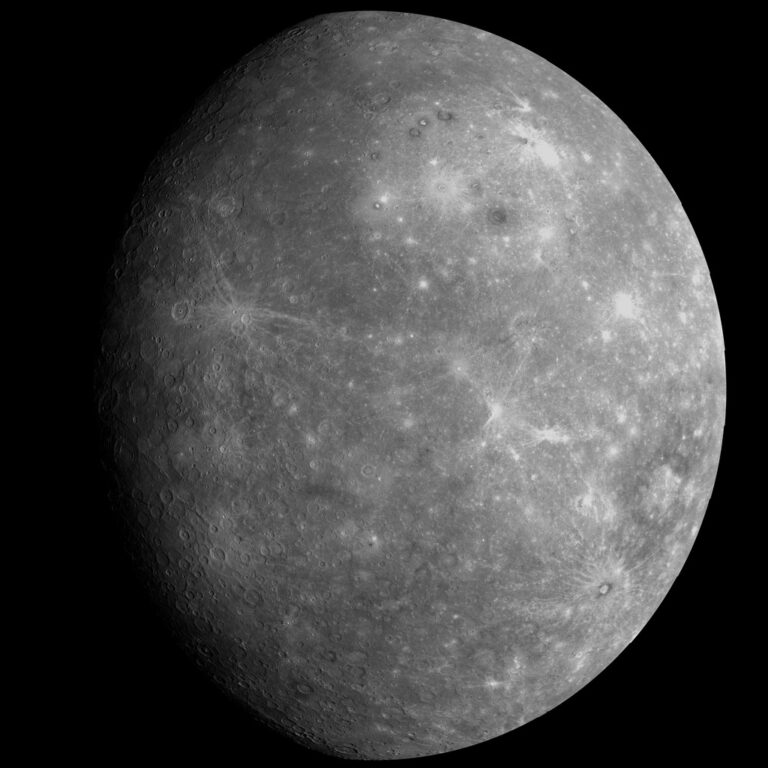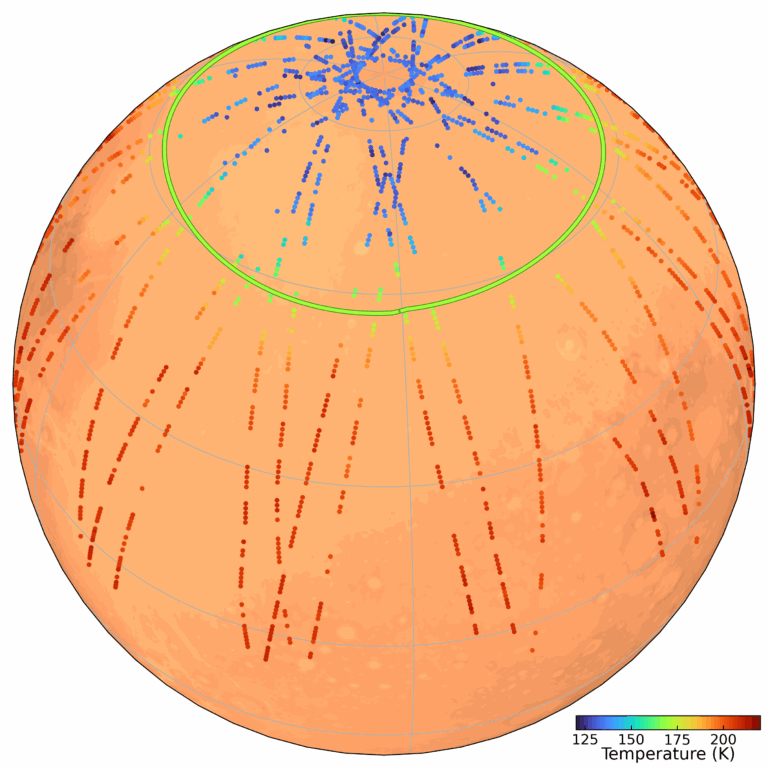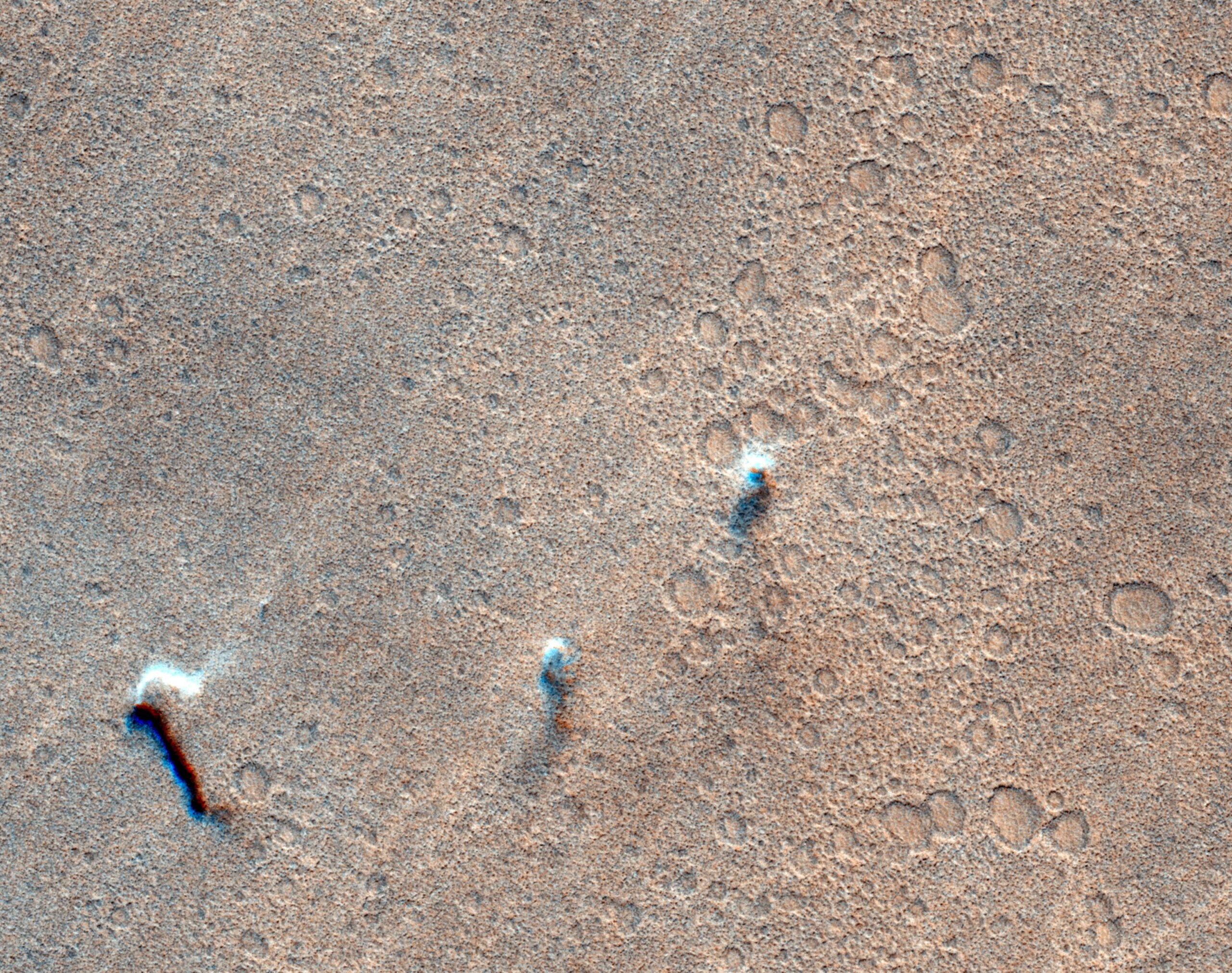
Key Takeaways:
For two decades, images from European spacecraft have captured bits of unremarkable digital noise as they photograph Mars. Now, scientists have turned that noise into a breakthrough, cataloging 1,039 martian dust devils to create the first global map of the Red Planet’s surface winds.
The new study, published Oct. 8 in Science Advances, details how these tornado-like whirlwinds race across the martian landscape at speeds far greater than previously known. The findings not only reshape our understanding of Mars’ climate but will also prove critical for planning future robotic and human missions by providing detailed forecasts of wind and dust activity at potential landing sites.
“Dust affects everything on Mars – from local weather conditions to how well we can take images from orbit. It’s difficult to understate the importance of the dust cycle,” said Colin Wilson, an ESA project scientist for Mars Express and ExoMars Trace Gas Orbiter (TGO), in an Oct. 8 press release.
RELATED: The wind-driven future of Mars exploration
A planet-wide weather map
While rovers and landers have given us glimpses of martian dust devils for years, our knowledge was confined to a few specific locations. This new research provides a sweeping, planet-wide view. “Dust devils make the normally invisible wind visible,” said Valentin Bickel from the University of Bern, who led the study, in the press release. “By measuring their speed and direction of travel we have started mapping the wind all over Mars’ surface.”
The resulting map shows that while dust devils appear all over Mars, many originate from specific “source regions,” such as the vast, dusty plains of Amazonis Planitia. Much like on Earth, the storms are most common during the spring and summer in each hemisphere, typically occurring in the daytime and peaking between 11 a.m. and 2 p.m. local solar time. By tracking how fast the twisters moved, the researchers measured near-surface wind speeds of up to 98 mph (158 km/h).
Rethinking the Red Planet’s climate
Before this study, scientists had a few direct measurements of wind speed from rovers. Most of what was known came from indirect observations, like tracking cloud movements, which suggested maximum wind speeds around 60 mph (100 km/h). The new data not only confirms that these powerful winds exist but also shows they can be even stronger. Mars’ atmosphere is so thin (roughly 1 percent of Earth’s) that a human would barely feel such a strong wind. The data suggest that in certain regions, far more dust is being lofted into the atmosphere than scientists imagined.
Accurately modeling Mars’ weather hinges on understanding its atmospheric dust. Unlike on Earth, where rain clears the air, martian dust can linger for long periods, influencing everything from temperature to cloud formation. This new catalog provides the first comprehensive, planet-wide measurements of how dust is lifted into the atmosphere, allowing scientists to build more precise climate models and better forecast the Red Planet’s weather.
Turning noise into a signal
This breakthrough was made possible by exploiting data from two European Space Agency (ESA) missions whose primary goals were unrelated to dust devils. The veteran Mars Express orbiter has been studying the planet’s atmosphere, surface, and subsurface since 2004. The more recent ExoMars TGO, which arrived in 2016, is on a mission to detect small amounts of atmospheric gases that could be signs of geological or biological processes. Neither was designed to measure wind.
The key lay in a quirk of their imaging instruments. Both orbiters build a single picture by combining views from different channels, which are captured with a slight delay. On the static martian surface, this process is seamless. But for a moving object like a dust devil, the delay creates a “colour offset” in the final image — a faint digital glitch.
This glitch, once considered noise, became the signal. To analyze the vast amount of data, the team trained a neural network to scan the archives and identify the whirlwinds revealed by the offsets. “We turned image noise into valuable scientific measurements,” Bickel noted in the press release. The built-in delay between image channels allowed the team to calculate a dust devil’s speed and direction.
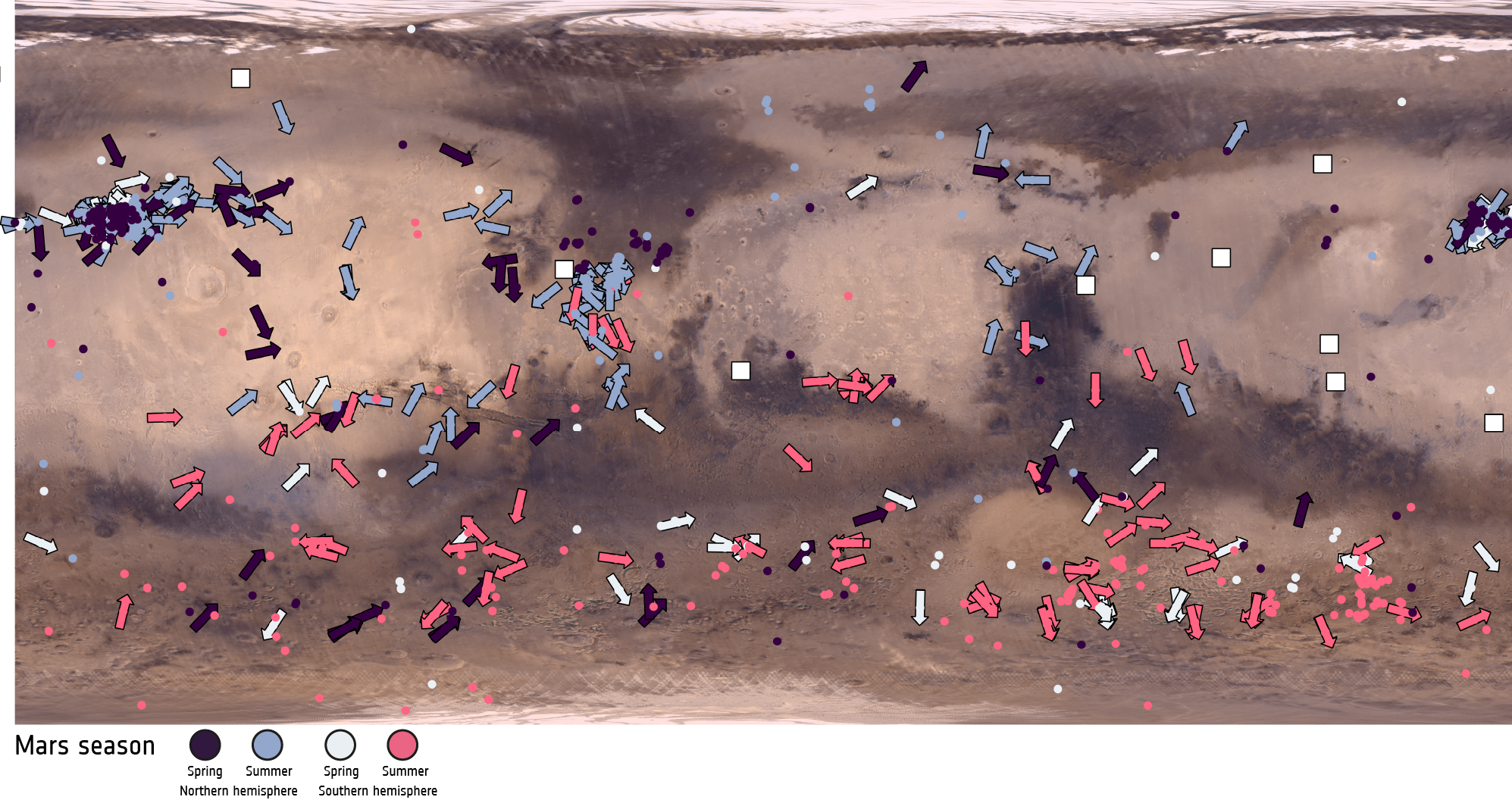
Safer landing on Mars
Beyond advancing climate science, these detailed wind maps have immediate practical applications for exploration. “Our measurements could help scientists build up an understanding of wind conditions at a landing site before touchdown,” said Bickel, adding that the data could improve predictions of how much dust might accumulate on a rover’s solar panels. Information from this growing dust devil catalog is already helping to plan the 2030 landing of the ExoMars Rosalind Franklin rover, ensuring it arrives outside of the global dust storm season.
This growing catalog is not just for the mission scientists; it’s a public resource. Bickel emphasized that the dataset is open for anyone to use for their own research, and it’s continuously updated with new images collected by both orbiters

